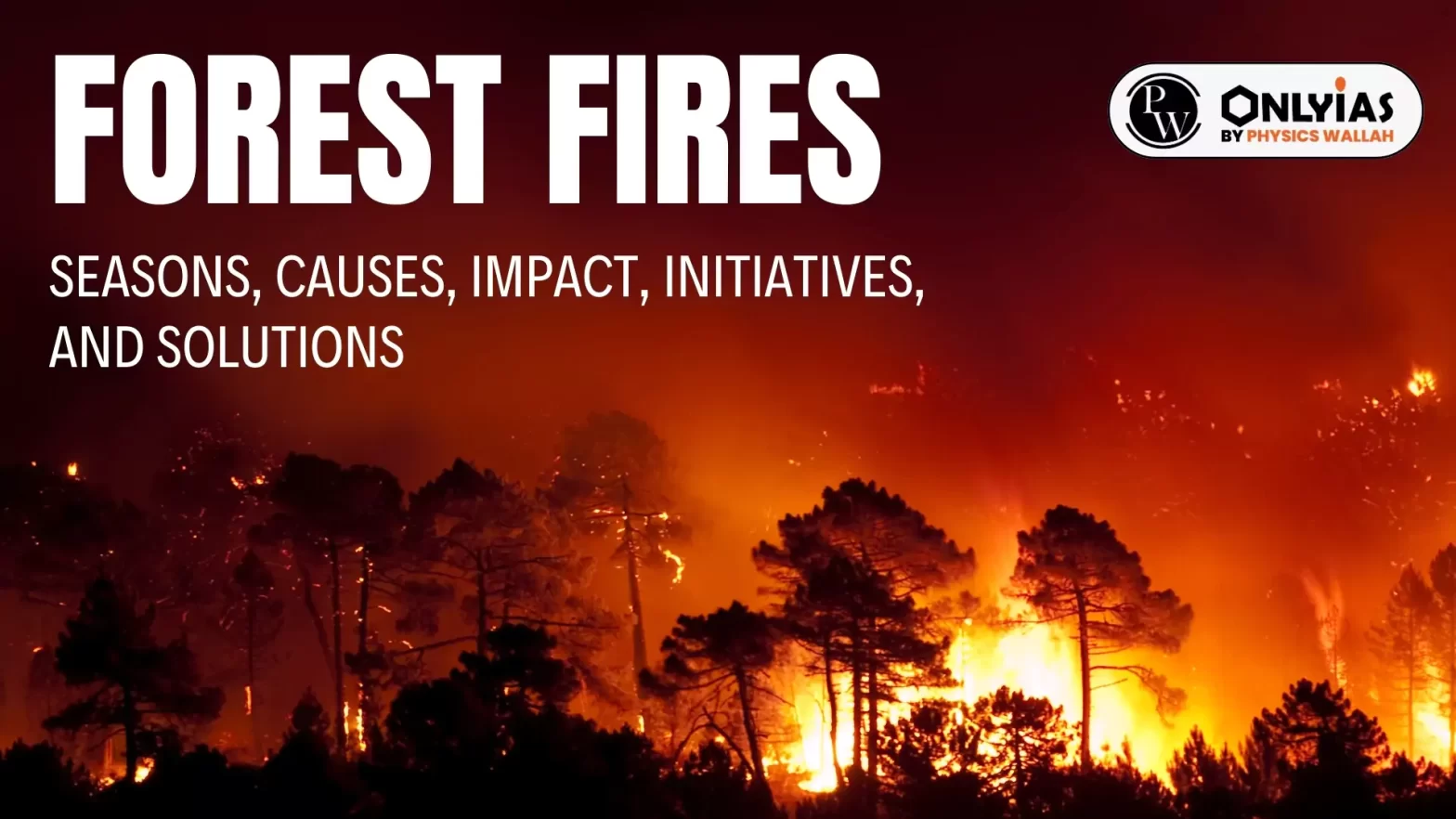![]() 20 Mar 2024
20 Mar 2024

| Relevancy for Prelims: Forest Fires, Climate Change, Forest In India, Forest Conservation, and Classification And Types Of Disasters And Natural Hazards.
Relevancy for Mains: Causes and Challenges Associated with Forest fires, Environment Degradation and Pollution. |
|---|
Forest Fires Season in India
Reason for Rise in Forest Fires
|
|---|
| Prelims PYQ (2021):
At the national level, which ministry is the nodal agency to ensure effective implementation of the Scheduled Tribes and Other Traditional Forest Dwellers (Recognition of Forest Rights) Act, 2006? (a) Ministry of Environment, Forest and Climate Change (b) Ministry of Panchayati Raj (c) Ministry of Rural Development (d) Ministry of Tribal Affairs Ans: (d) |
|---|
| Must Read | |
| NCERT Notes For UPSC | UPSC Daily Current Affairs |
| UPSC Blogs | UPSC Daily Editorials |
| Daily Current Affairs Quiz | Daily Main Answer Writing |
| UPSC Mains Previous Year Papers | UPSC Test Series 2024 |

<div class="new-fform">
</div>